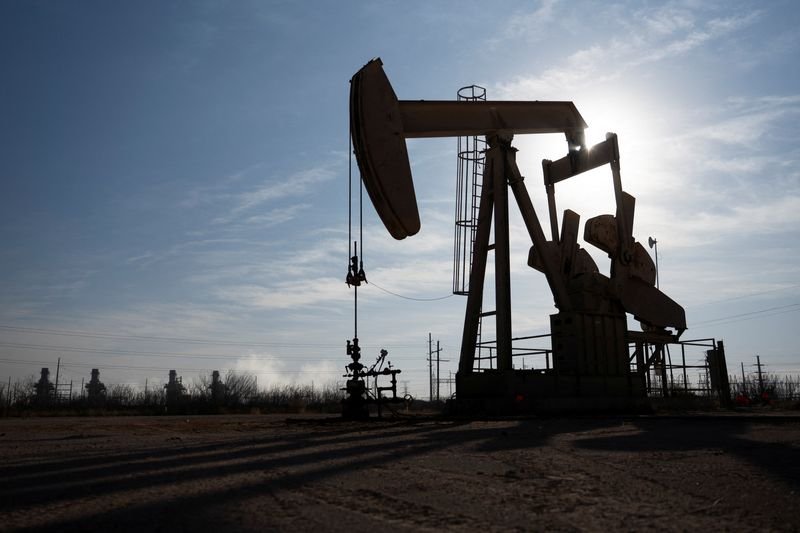Rising Oil Prices Amid Declining U.S. Crude Inventories
The oil market has seen notable fluctuations recently, particularly as U.S. crude oil inventories continue to wane. This trend has been influencing oil prices, driving them higher as supply tightens amidst growing demand.
Current Market Dynamics
As reported data reveals, U.S. crude stockpiles have experienced a decline. This reduction in inventory has raised concerns among market analysts and traders alike. The implications of dwindling reserves typically lead to increased oil prices, as tighter supplies mean higher competition among buyers.
Analyzing Inventory Trends
The decrease in U.S. crude oil inventories reflects several factors. Seasonal fluctuations in consumption, adjustments in production levels, and changing geopolitical landscapes all play significant roles. Notably, production cuts from major oil-producing countries have contributed to the tightening of the market.
Seasonal Consumption Patterns
During certain times of the year, particularly the summer months, oil consumption tends to rise due to increased travel and energy demands for air conditioning systems. This seasonal increase can exacerbate the impacts of falling inventories, leading to an uptick in prices.
Geopolitical Influences
Geopolitical tensions can also significantly impact oil supply chains. Conflicts, sanctions, and trade agreements among oil-exporting nations can disrupt the steady flow of crude oil to the U.S. market. Consequently, these disruptions often lead to even tighter inventory levels, pushing prices further upward.
The Impact of Production Adjustments
In response to fluctuating market conditions, oil-producing countries often adjust their output. Recent reports indicate that several key producers have opted to cut back on production to stabilize prices amidst falling demand in certain regions. These strategic decisions can result in further inventory declines in the U.S., particularly when demand remains steady or increases unexpectedly.
Buying Behavior in a Tight Market
As prices rise, consumer behavior tends to shift. Higher oil prices often lead consumers and industries to reevaluate their consumption habits. This behavior can prompt an increase in demand for alternative-energy sources, which can create a cascade effect influencing the entire energy market.
Global Oil Picture
While U.S. inventories are declining, the global oil market paints a more complex picture. Factors such as OPEC’s production strategies and inventory levels in other parts of the world influence U.S. prices. For instance, if OPEC decides to manage global supply aggressively, U.S. prices may spike even further due to the global dynamics at play.
Investment Trends and Oil Futures
As oil prices rise, investor interest in oil futures may also increase. Many traders view rising prices as a potential opportunity for profit, leading to heightened activity in commodity markets. These trends can sometimes create additional volatility, shaping the market’s short- and long-term outlook.
Conclusion
In summary, the increase in oil prices, driven by the decline in U.S. crude inventories, highlights a complex interplay of demand, geopolitical factors, and production adjustments. Understanding these dynamics is crucial for consumers and investors alike as they navigate the evolving energy landscape.
